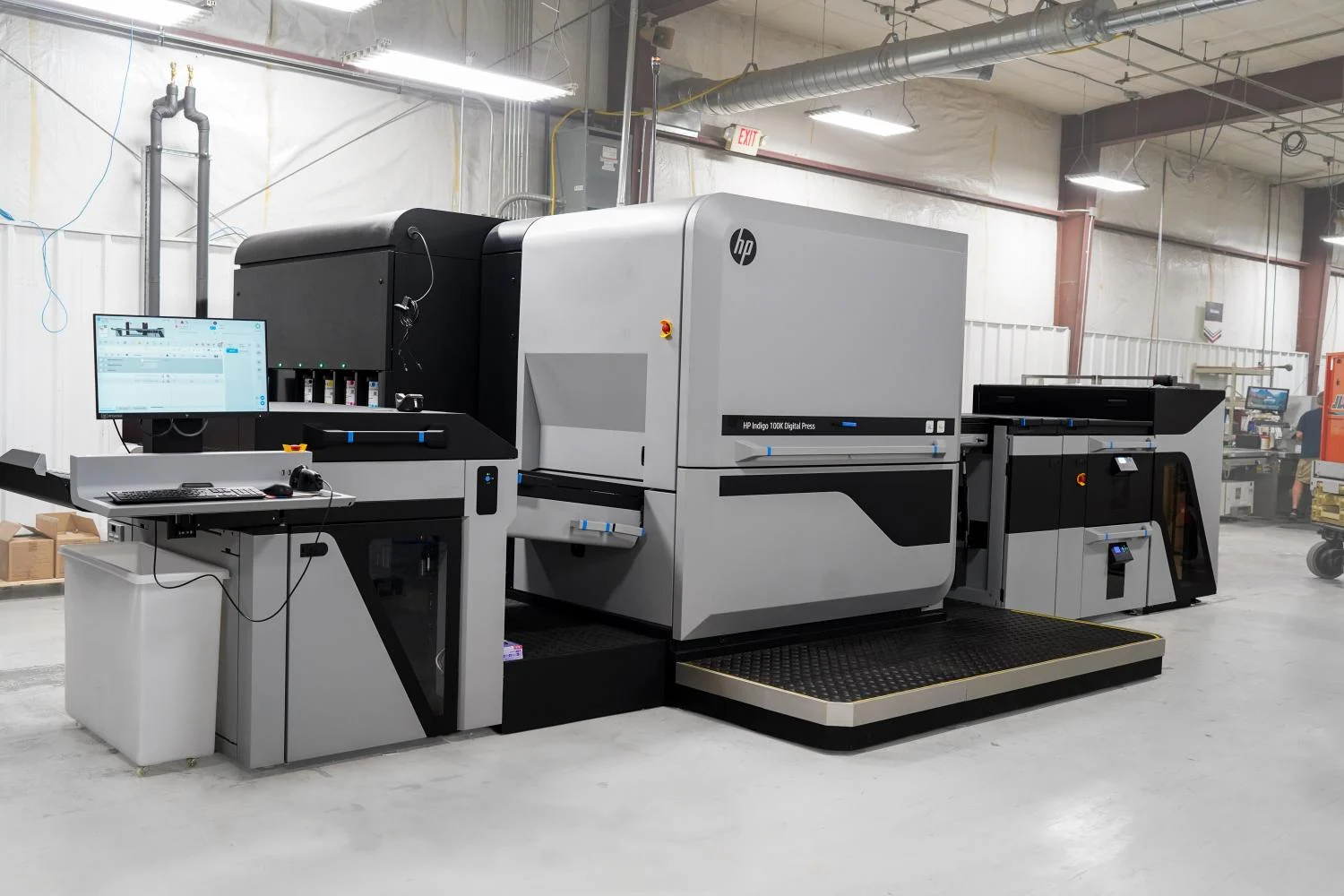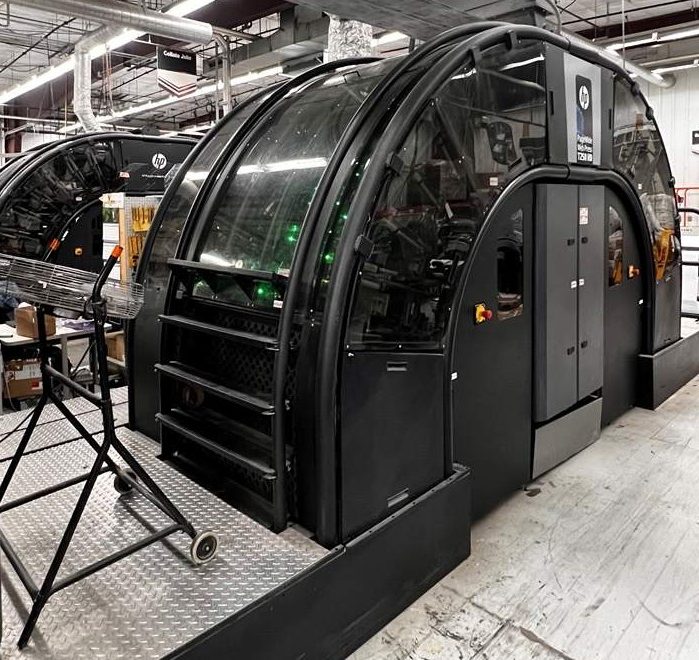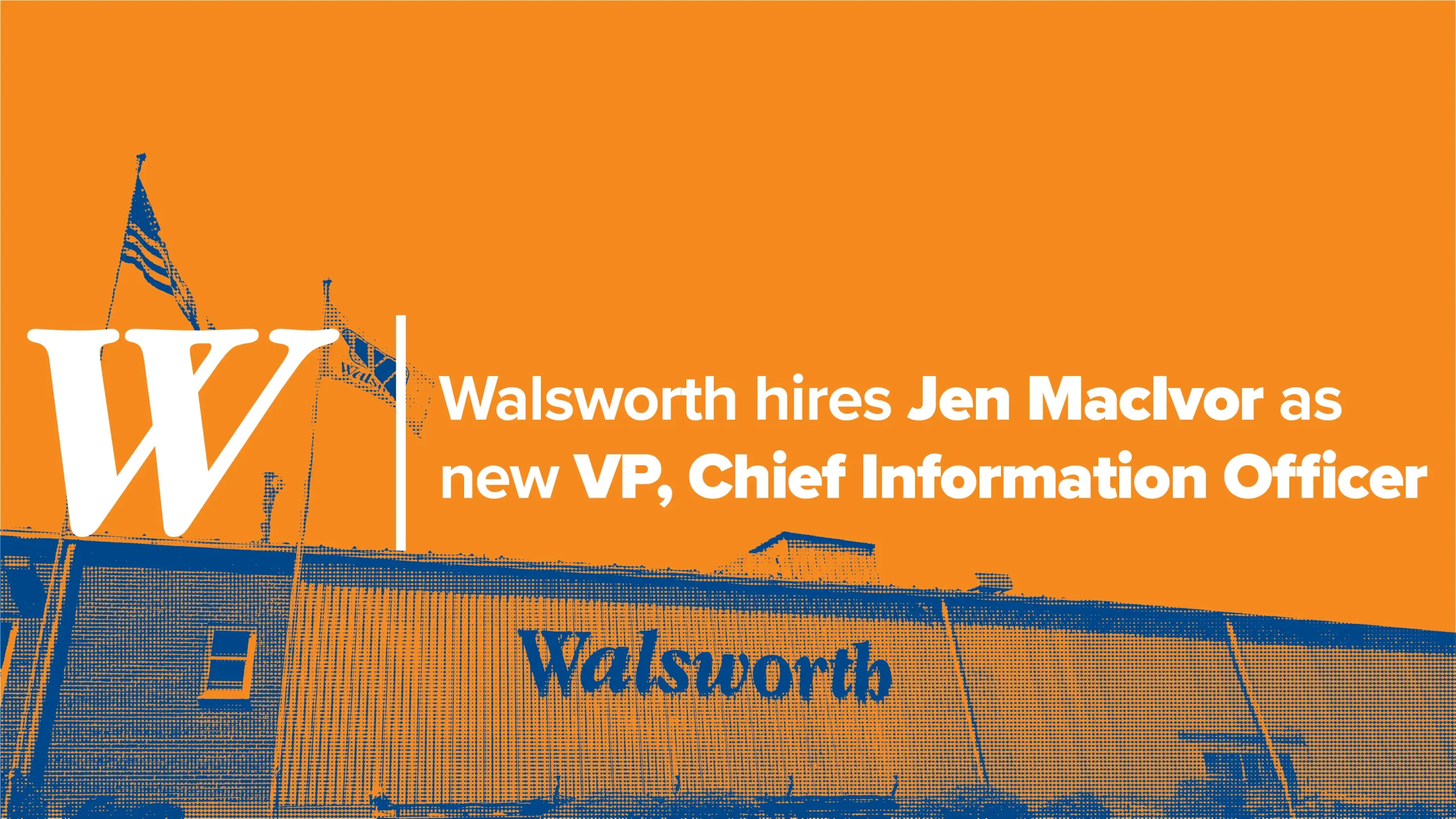If your printing program depends on faster cycles and professional quality, today’s digital presses deliver. For books, magazines and catalogs, recent advancements translate into practical gains you can feel in schedules, budgets and outcomes.
Speed That Serves Your Schedule
Modern digital workflows remove plate-making and long makereadies, so work moves from approved files to press in minutes instead of hours. Current digital presses process complex files with heavy ink coverage and transparency with little slowdown. Streamlined digital workflows and online proofing reduce manual setup and speed approvals. Inline or nearline finishing options, from stitching to perfect binding to three-knife trim, help maintain consistency and efficiency.
The result is a production rhythm that supports late-stage text changes, short-notice reprints and replenishment runs that prevent backorders.
Resolution and Color That Hold Up to Scrutiny
High-value print has to look the part. Today’s digital toner and inkjet presses produce images at fine resolutions with sophisticated screening that smooths skin tones, gradients and flat tints. G7® Master Qualification and color management help keep brand colors consistent across devices and over time. For photo-heavy books or lifestyle catalogs, that consistency is what keeps the piece on brand across waves and regions.
Real Cost Control, Not Just Lower Unit Price
Digital printing changes where the costs sit. You minimize waste because setup sheets are few and color targets arrive quickly. Most importantly, you print in the quantity that aligns with demand. That cuts inventory carrying costs and warehouse space tied up in excess product.
For many programs, the most efficient spend is a launch batch plus frequent on-demand replenishment. You keep cash free for content, photography and list work that moves the needle.
Personalization That Pays Off
Variable data printing has matured into a practical tool. Version entire sections for regional assortments, test creative at scale or personalize covers and offers to lift response. If you rely on segmentation in digital channels, the print version can now keep pace with the same discipline.
Recent Advances in Digital Printing
- Throughput increased while maintaining high quality, enabling mixed jobs to run quickly without sacrificing detail.
- Color stability is supported through consistent workflows and standards, helping ensure repeatable results across projects.
- Media latitude has grown, giving designers greater freedom to specify the right paper for each piece.
- Sustainability gains have come from less waste, smaller safety stocks and great agility, reducing the need for overruns.
How This Connects to Walsworth’s Platform
In 2025 Walsworth purchased Documation in Eau Claire, Wisconsin, expanding our on-demand digital printing footprint for books and magazines. The move gives customers more capacity for short runs with quick turns and competitive pricing, aligned with the trends outlined above.
Walsworth – Eau Claire’s heritage includes advanced digital printing technologies which complement existing Walsworth capabilities. That foundation is now part of a larger production network and service model built for complex commercial work.
On the toner side, the Walsworth – Ripon operation runs a robust on-demand program designed for speed-sensitive projects that still demand high image fidelity. In practice, this is where many clients place urgent book reprints, targeted catalogs or versioned magazine components that need to ship right away without sacrificing quality.
While our Eau Claire operation handles efficient short runs for books and magazines, Ripon’s toner program emphasizes rapid fulfillment with strong visual results.
If you have worked with us for years you also know Ripon became part of Walsworth in 2019, which broadened our manufacturing base and added direct mail, fulfillment and digital communications capabilities that pair well with data-driven print. That integration created the springboard for the current on-demand programs.
When Digital Is the Smart Choice
- High-mix short-run books – Launch a title in a lean quantity, then replenish as sales land instead of committing to a large first run. The finish and durability meet bookstore expectations and quality holds for later offset reprints when volume justifies a longer run.
- Magazines with tight closes – Push late editorial or ad changes without missing your mail date. Use versioning to fit regional content or special interest sections. Digital covers or inserts can be sequenced to match your distribution plan.
- Targeted catalogs – Trim page counts to what each segment needs, then personalize offers. Pair with triggered replenishment so you mail only to active buyers at the right cadence.
- Event or product drops – Produce precise quantities for fast-turn launches. If response spikes, the second wave is days away, not weeks.
How Digital and Offset Work Together
Long print runs still typically favor offset for unit cost. Many programs build a hybrid plan; use offset for the main body of a high-circulation catalog or magazine, then use digital to version covers, wraps or insert sets. For a book program, you can launch digitally, then shift to offset for steady sellers while keeping slow-moving titles digital. The crossover point depends on page count, ink coverage, paper and schedule.
A practical plan looks at your historical demand, life-cycle stages and the cost of “too many” versus the cost of “too few.” Our team models those curves with you so decisions rest on data, not guesswork.
The Bottom Line: Digital Printing With Walsworth
Digital printing is a core manufacturing strategy for high-value publishers and marketers who need to move fast, control risk and keep quality high. With the addition of Walsworth – Eau Claire for on-demand work and the proven toner program at Walsworth – Ripon, you have more options to shape a production plan that aligns with real demand and real deadlines.
If you want to walk through run-length economics, substrate choices or a versioning plan for your next cycle, our team is ready to help.
* This article was developed with assistance from OpenAI’s GPT 5 Pro Deep Research large language AI model.






